Decking mistakes to avoid - how to make the process and upkeep fuss free
Save yourself time, stress and money by knowing what not to do when installing and taking care of your decking
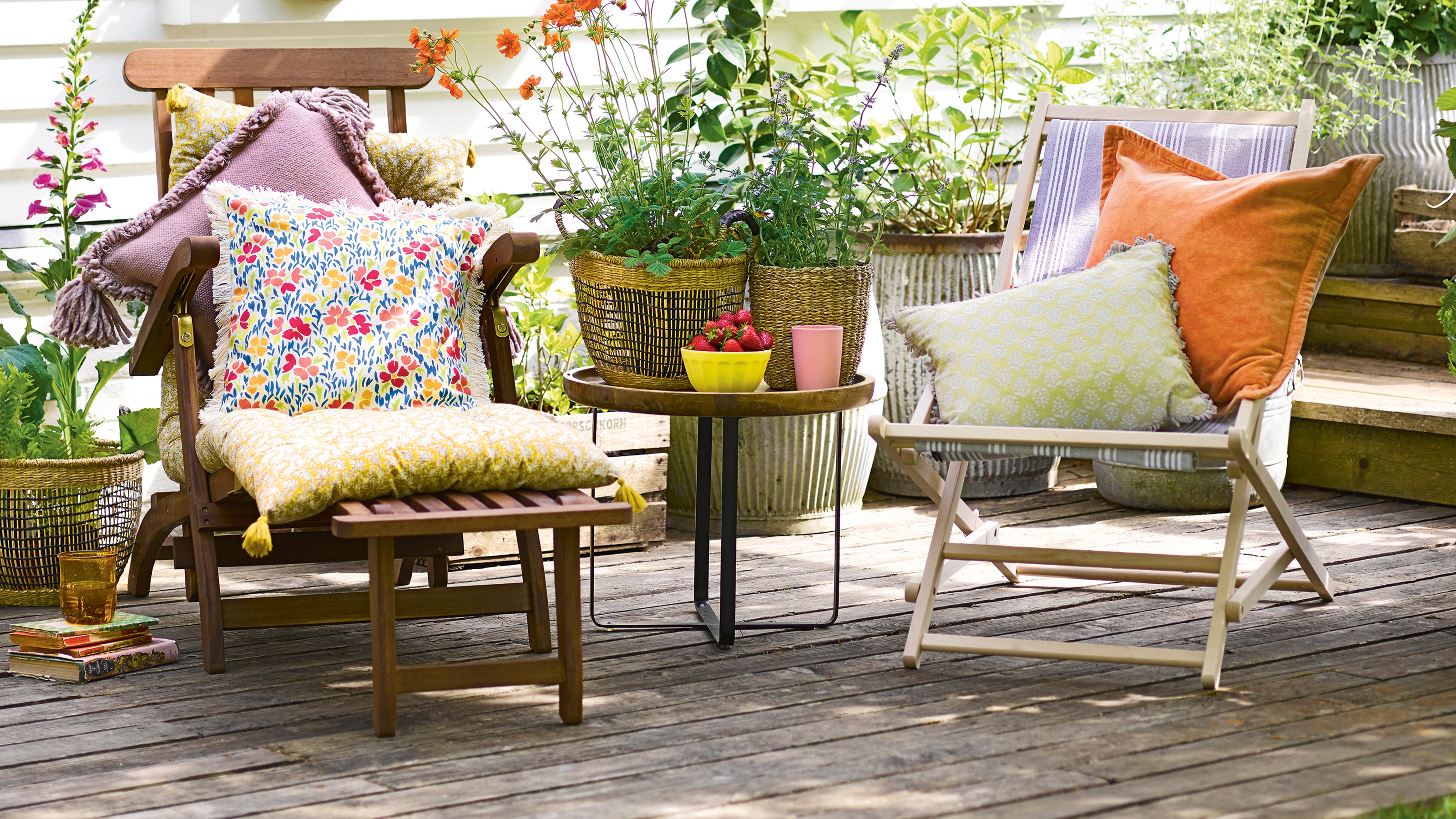

Building decking in your garden might seem like a mammoth task to tackle yourself, but by following a few practical tips and watching out for decking mistakes to avoid, it's a job you can do as long as you have someone on hand to help.
Decking is common in many of our gardens, helping to zone different spaces or to create an outdoor dining or seating area. There are endless decking ideas to choose from, whether you're landscaping a sloped garden and want to create different levels, or to break up a large lawn to add an area that can be used all year round.
Decking mistakes to avoid
Figuring out what decking mistakes to avoid is key to making every stage of adding this surface into your outdoor area as easy as possible.
1. Leaving your boards unsealed
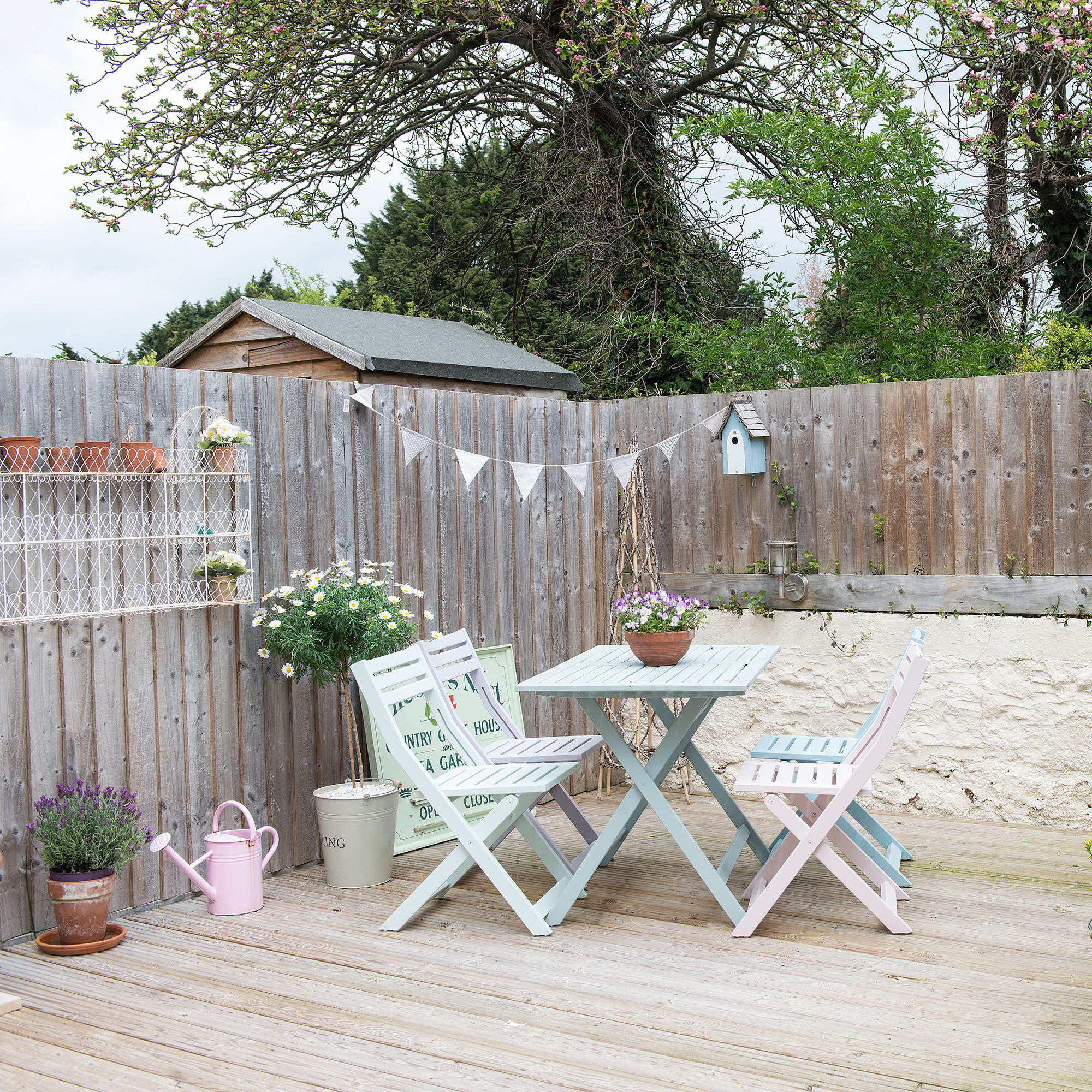
If you're using wooden boards, one of the decking mistakes to avoid is to not protect them from damage. 'If you leave your decking unsealed it is more prone to damage from the outdoor elements such as moisture and insects,' says Allan Jeffrey, CEO, Ultra Decking.
'As there is no protection from stain or oil, wood eating insects can erode the surface of the boards and instigate the disintegration of the material. If the boards are unsealed, water can penetrate the boards which will cause rotting to occur, staining the surface and affecting the structural integrity of the wood.'
Use an appropriate stain or paint to protect the surface and check the boards for signs or wear and tear yearly.
2. Not following manufacturer's instructions
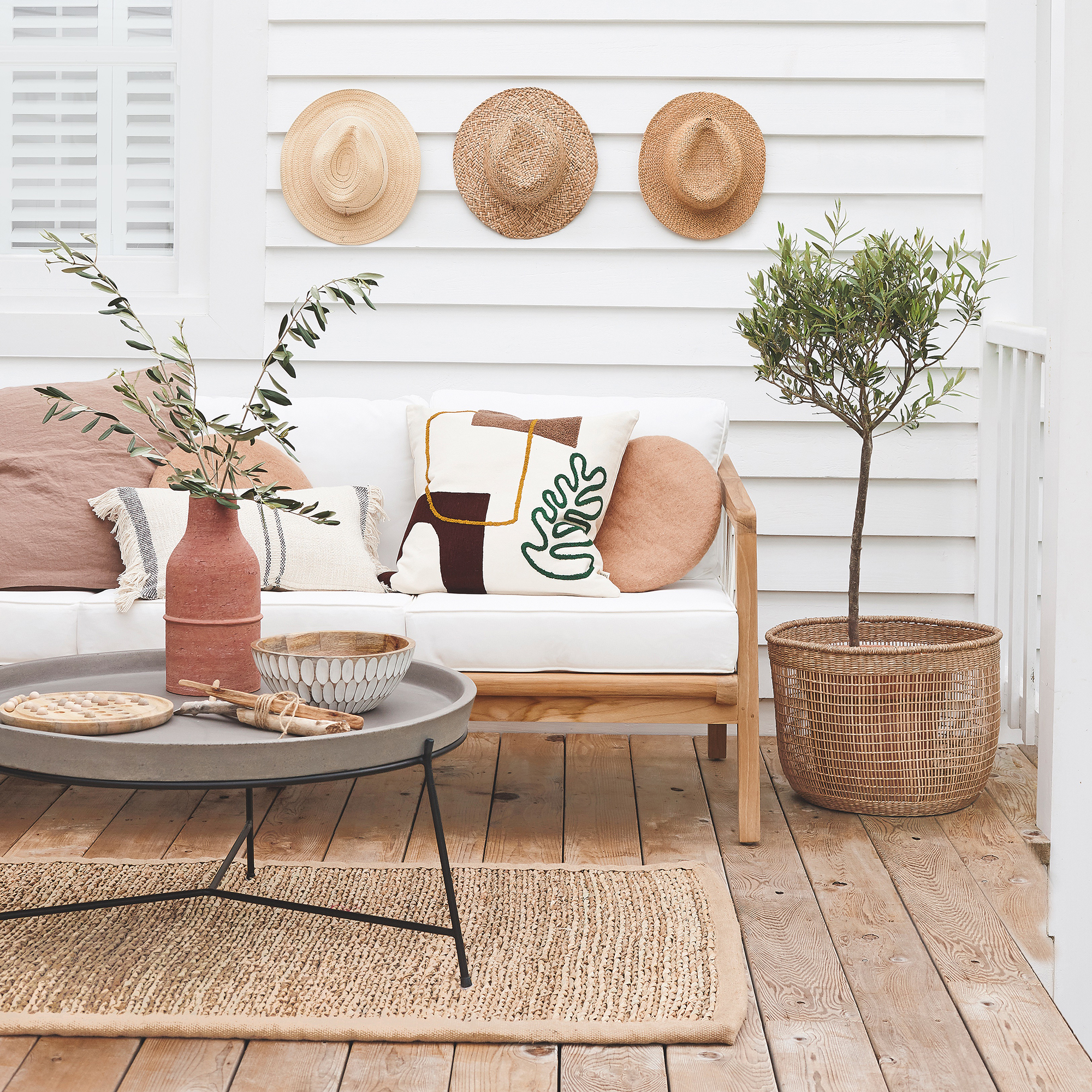
It's vital to check installation information before starting your decking project to make sure it is securely and safely built. 'It’s important that you always follow manufacturer’s instructions when doing any kind of DIY project otherwise you could make costly mistakes,' says Fiona Jenkins at Myjobquote.co.uk.
Get the Ideal Home Newsletter
Sign up to our newsletter for style and decor inspiration, house makeovers, project advice and more.
'For example, if you use the incorrect size nail with a fastener, this could cause corrosion which could result in the deck becoming dangerous over time. Remember that safety is always the top priority with any building project.'
3. Not adding a safety rail
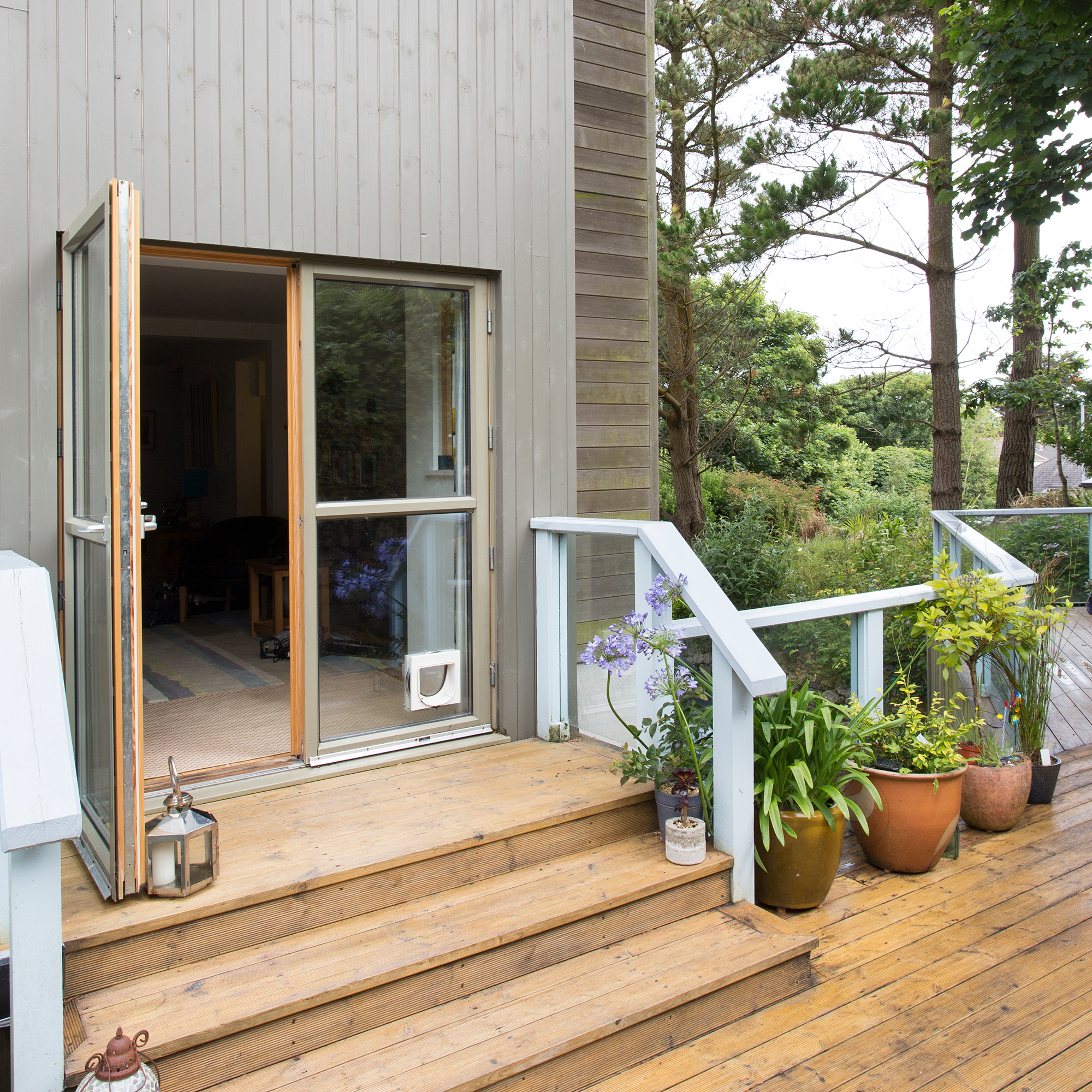
When building a raised deck or if you have steps leading to your area, foregoing a safety rail is one of the potentially dangerous decking mistakes to avoid.
'When adding decking into your garden space, especially if it is raised decking, it is important to add a safety rail or balustrades to prevent any injury from people falling off the edges of the decking,' says Allan.
There are some smart deck railing ideas to choose from so you can make it a feature, while also making the area safe to use.
4. Failing to protect against rodents
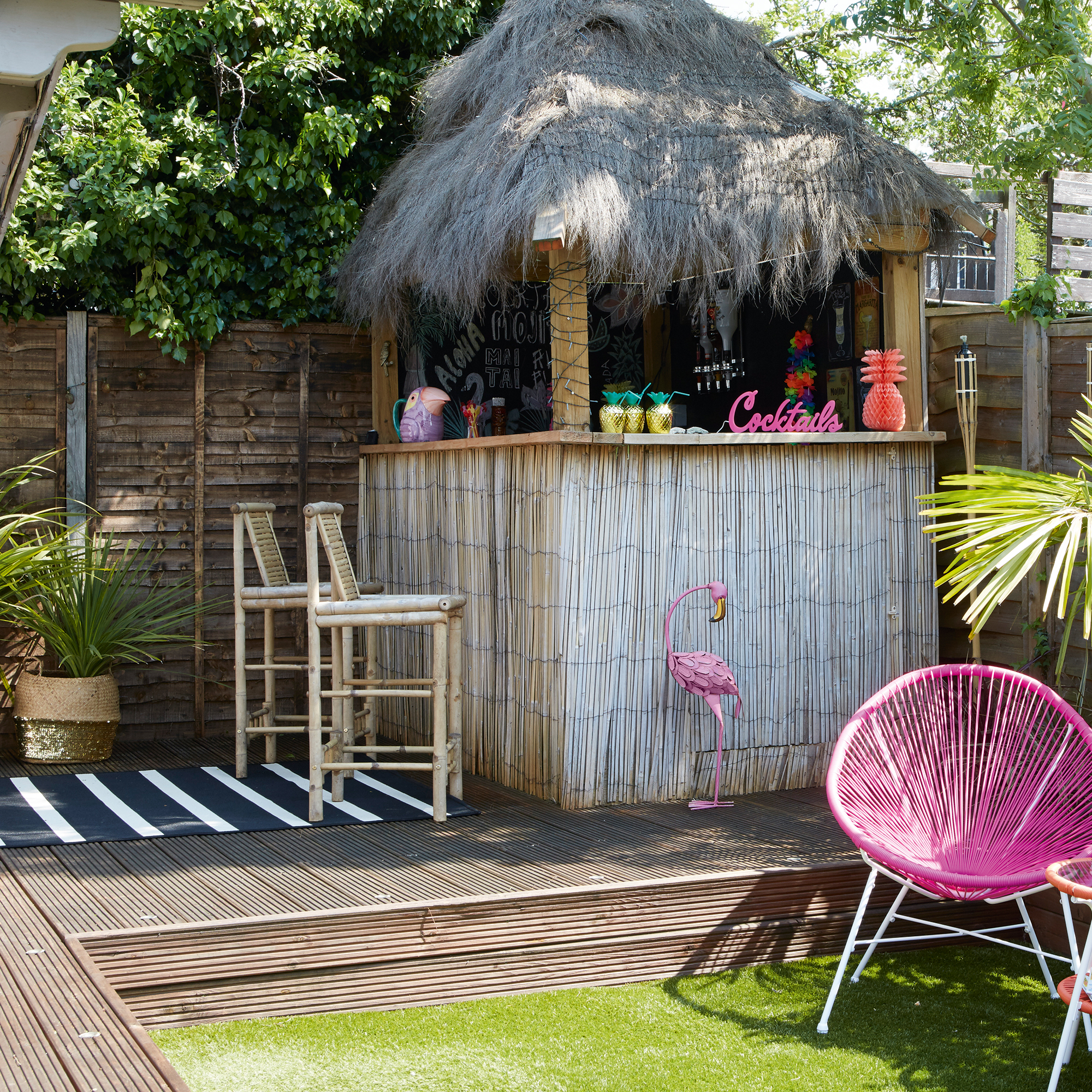
With a large open area underneath your decking, it can prove to be a popular hang out for rats and mice. 'The problem is usually more prominent with raised decking, as rats hide underneath the decking boards,' explains Allan.
'There are measures that can be taken to avoid this issue such as: rat proofing mesh wire, ultrasonic rat repellents and even rat traps or poison.' Be sure to incorporate rodent deterrents as you build the sub frame.
5. Forgetting to incorporate lighting
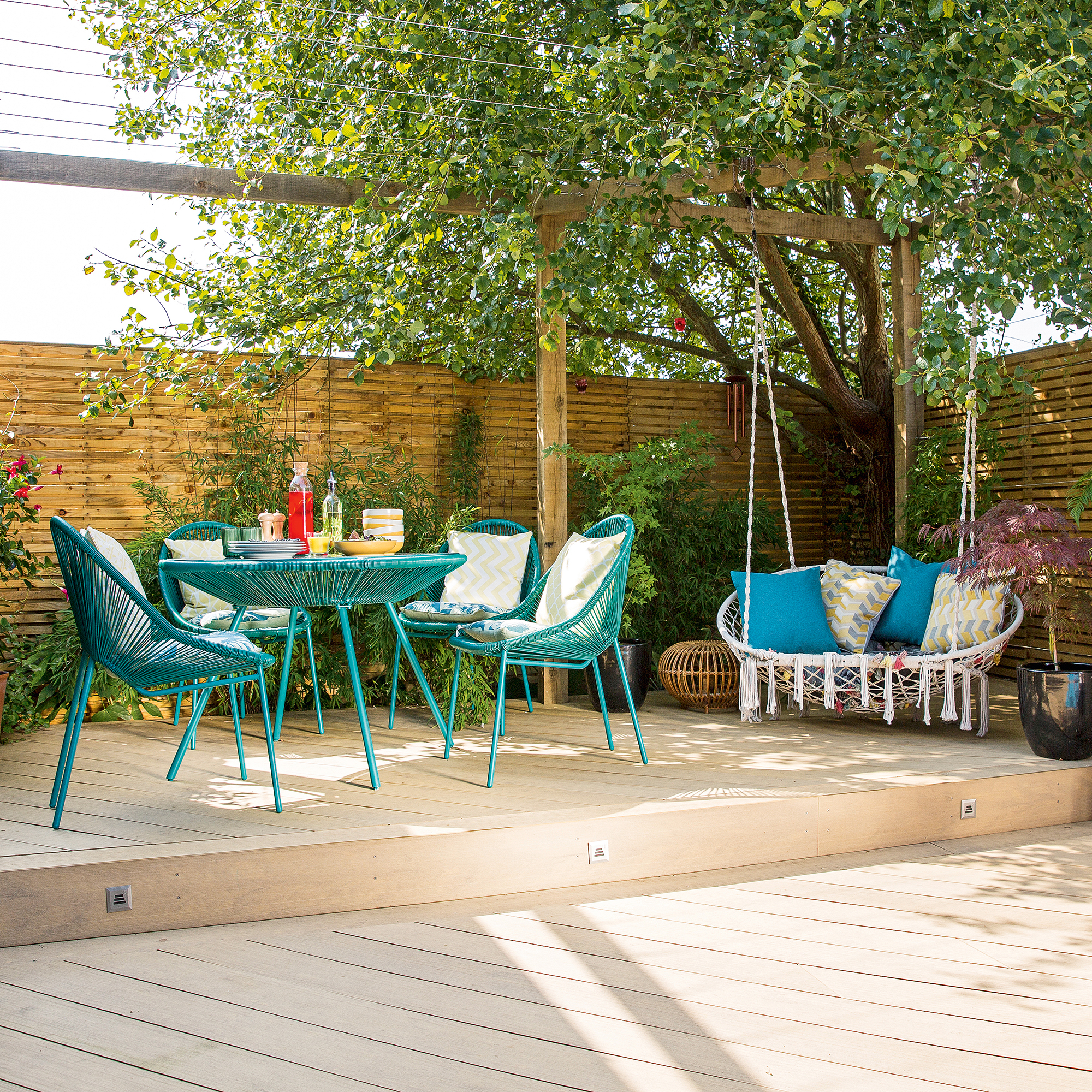
If you've built your decking as a place to socialise long into summer nights, suitable garden lighting should also be factored in. 'Lighting will ensure you can use your garden day or night and will provide safety,' says Allan.
Lights can be built into stepped areas, providing a welcoming glow in the evening. Alternatively hanging festoon lights around the decked area and lighting pathways will help prevent any tumbles in the dark.
6. Not prepping the ground properly
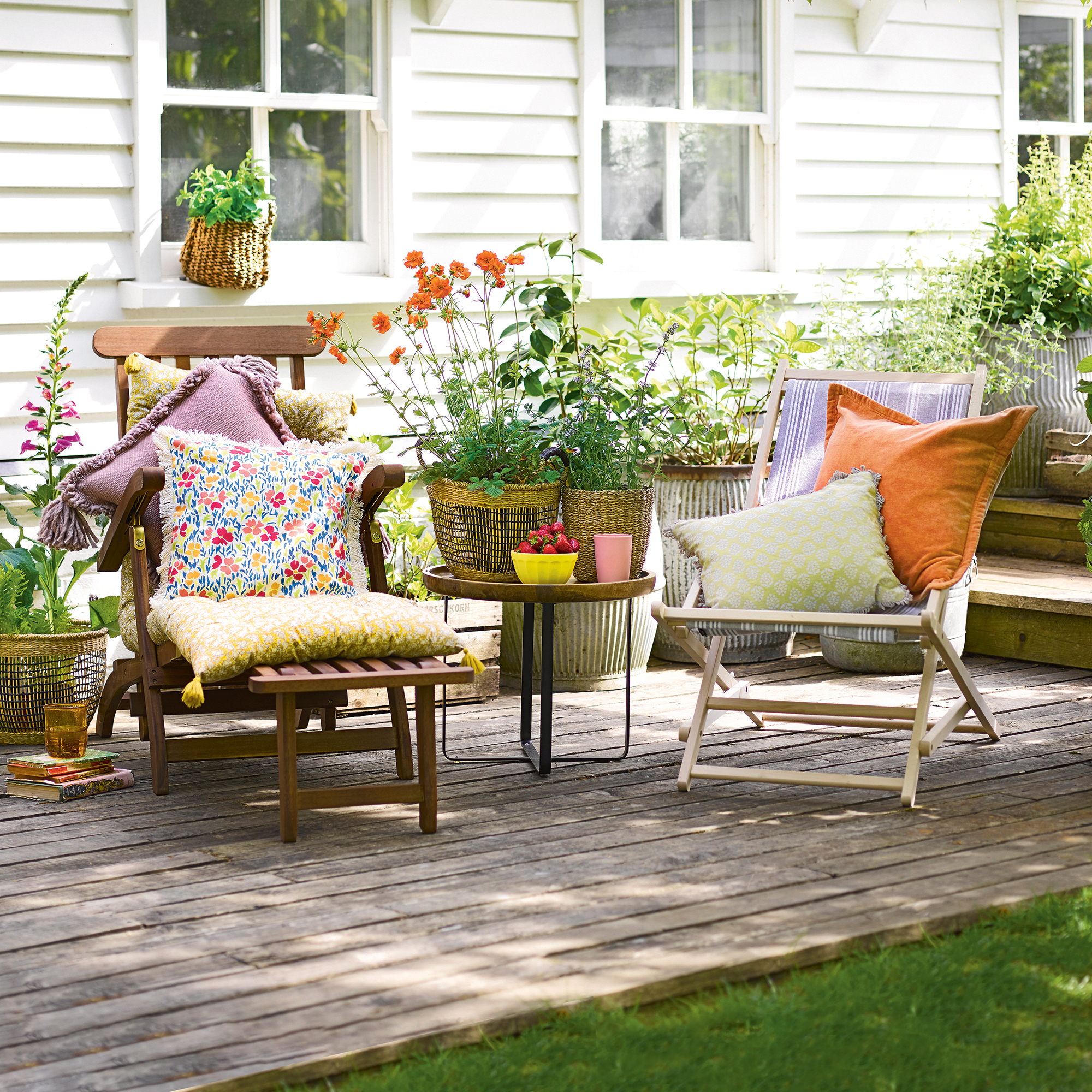
Preparing the ground is often the least enjoyable part of any job connected to landscaping ideas job, but one that needs time spent on it. 'When building a deck, one of the most important things is that you ensure there is a strong and sturdy base for you to work on,' says Fiona.
'You must have a solid subframe for the deck, otherwise it is not going to be safe. You will also need to make sure all weeds are removed. In some cases, it may be recommended to install a membrane underneath the deck which prevents weeds from coming through but still allows rainwater to permeate into the ground.'
7. Lack of expansion gaps between boards

When laying decking boards, expansion gaps need to be left to prevent damage. 'If you don’t leave gaps, then as the wood shrinks and expands naturally with changing temperatures, it can lead to it not being structurally sound or unable to naturally drain any moisture trapped on the surface,' advises Jimmy Englezos, senior product manager at Ronseal.
'The normal size for gaps between decking is roughly 1/8 of an inch. I recommend laying this when the wood is dry, so you get an accurate size.' By including expansion gaps, your decking boards should last much longer.
8. Letting the surface get grimy
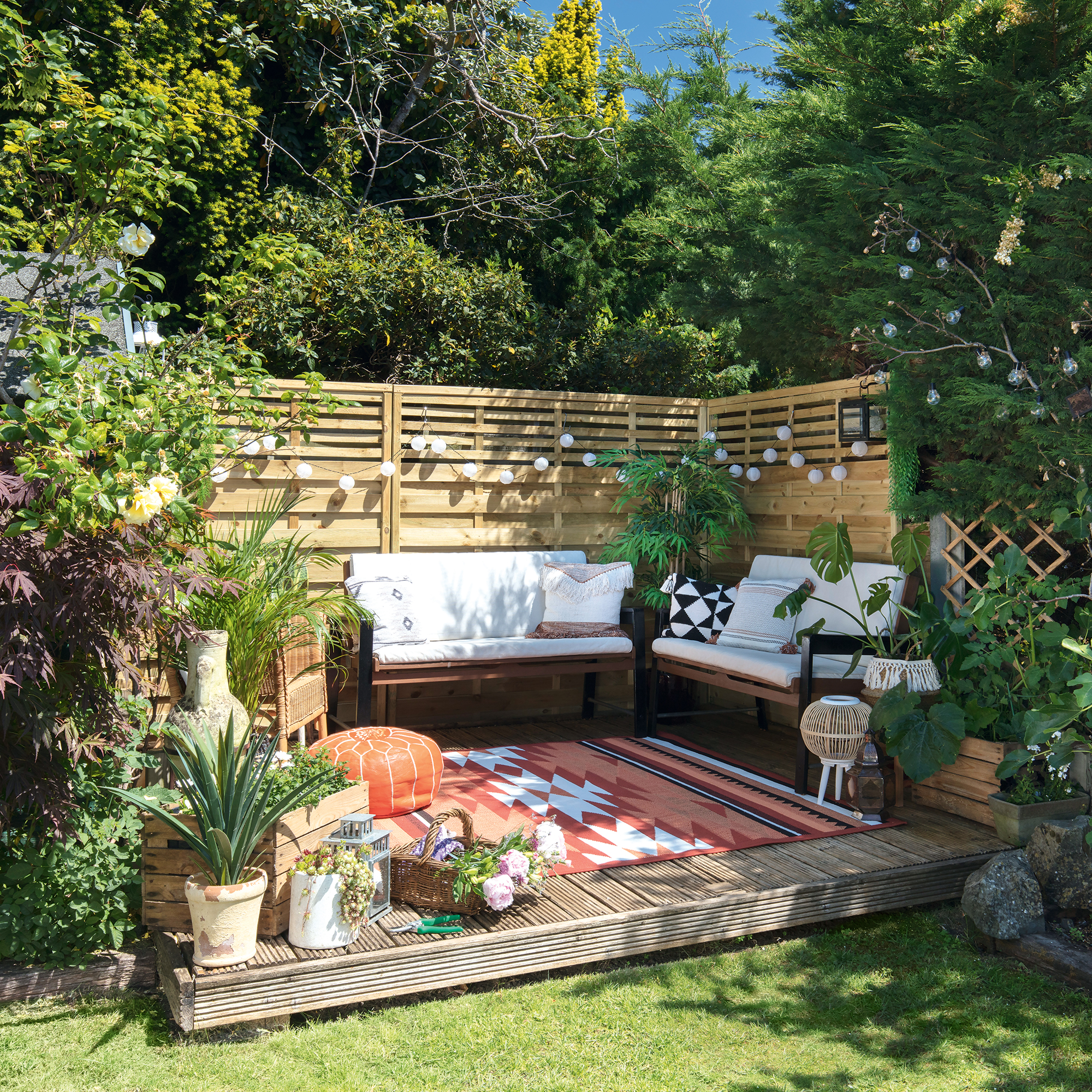
Cleaning decking is never the most fun job, but if you don't regularly look after decking it can make the surface slippery and dangerous.
'Not properly maintaining your decking will reduce its lifespan, as it can aid the growth of mould and mildew which will damage the structural integrity of the boards,' explains Allan.
Before cleaning, sweep away any debris and leaves and use a specialist decking cleaner to rid the surface of grime and algae.
9. Using the wrong materials
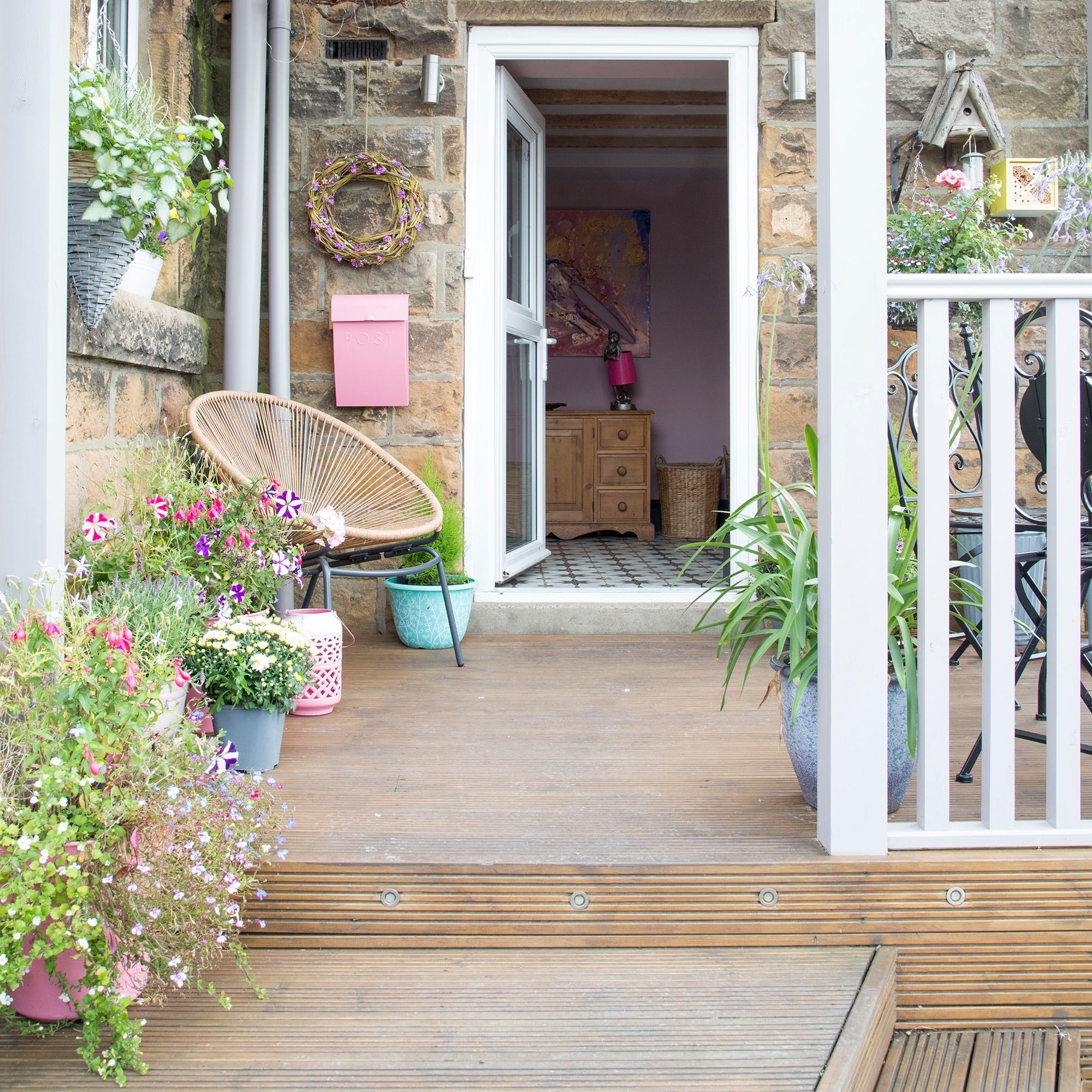
Not using treated wood for the supporting joists and decking planks means the wood will rot more quickly. 'Choose materials that are functional, durable, and will ensure your deck has a long lifespan,' explains Fiona.
For a longer lasting surface, composite decking will need less maintenance. 'When you are looking to install a decking that is low maintenance, your best bet is to choose composite material,' advises Allan.
'Adding wood material will require extensive maintenance to retain your decking’s appearance and longevity, therefore it is important to choose the right materials to best suit you.'
10. Not checking planning permission requirements
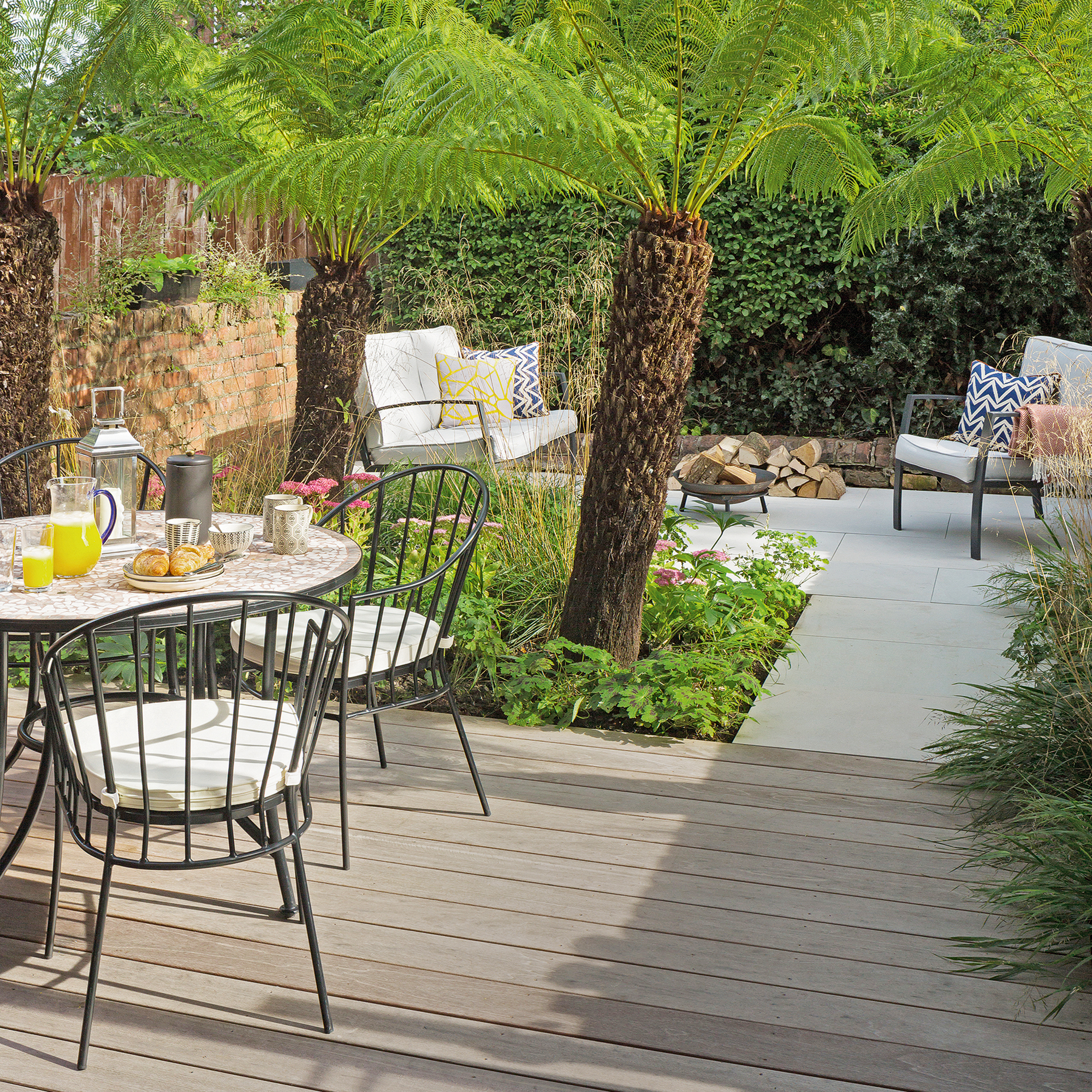
While not all renovation projects need planning permission, there are certain situations when decking may need planning permission from the local council, so not checking this is one of the key decking mistakes to avoid.
'When constructing decking, planning permission is required if your decking is raised above 30cm or the area of your decking covers more than 50% of your land,' explains Allan.
'If you are unsure whether you require planning permission for your project, it is best to check with your local planning authority prior to any installation or investment.'
What should you not do when building a deck?
Making sure you follow installation instructions is imperative for creating a safe and long lasting structure.
'Many customers install a subframe made from untreated wood and then construct signature composite boards on top which will significantly outlast the lifespan of the subframe, meaning you will have to replace your joists before you need to replace your decking,' explains Allan from Ultra Decking.
'If you are looking for a long lasting material that will ensure an extensive lifespan, you will need to install composite material or treated wood. If your priority is a low maintenance solution then composite is the best choice for your decking.'
How long should you leave new decking before oiling?
Before adding a decking oil to the surface, you want to make sure the decking is able to absorb the finish. 'For new decking, at the manufacturing stage, the cutting process used often burnishes the surface, resulting in timber that is not particularly absorbant,' explains Richard Bradley, marketing manager of the woodcare experts Liberon.
'This means that once new decking has been installed, a period of two to three weeks of weathering is required in the case of softwood, and one year in the case of hardwood in order to facilitate good absorption of the decking oil. If the surface of the decking is to be sanded during preparation, then this weathering time is not a requirement.'

Amy Hodge has been working on interiors magazines for over 11 years. She's a freelance writer and sub editor who has worked for some of the UK's leading interiors magazines including Ideal Home, Style at Home and Country Homes & Interiors. She started at Style at Home just after it launched as food editor and is now chief sub editor for Ideal Home, Style at Home and Country Homes & Interiors.
-
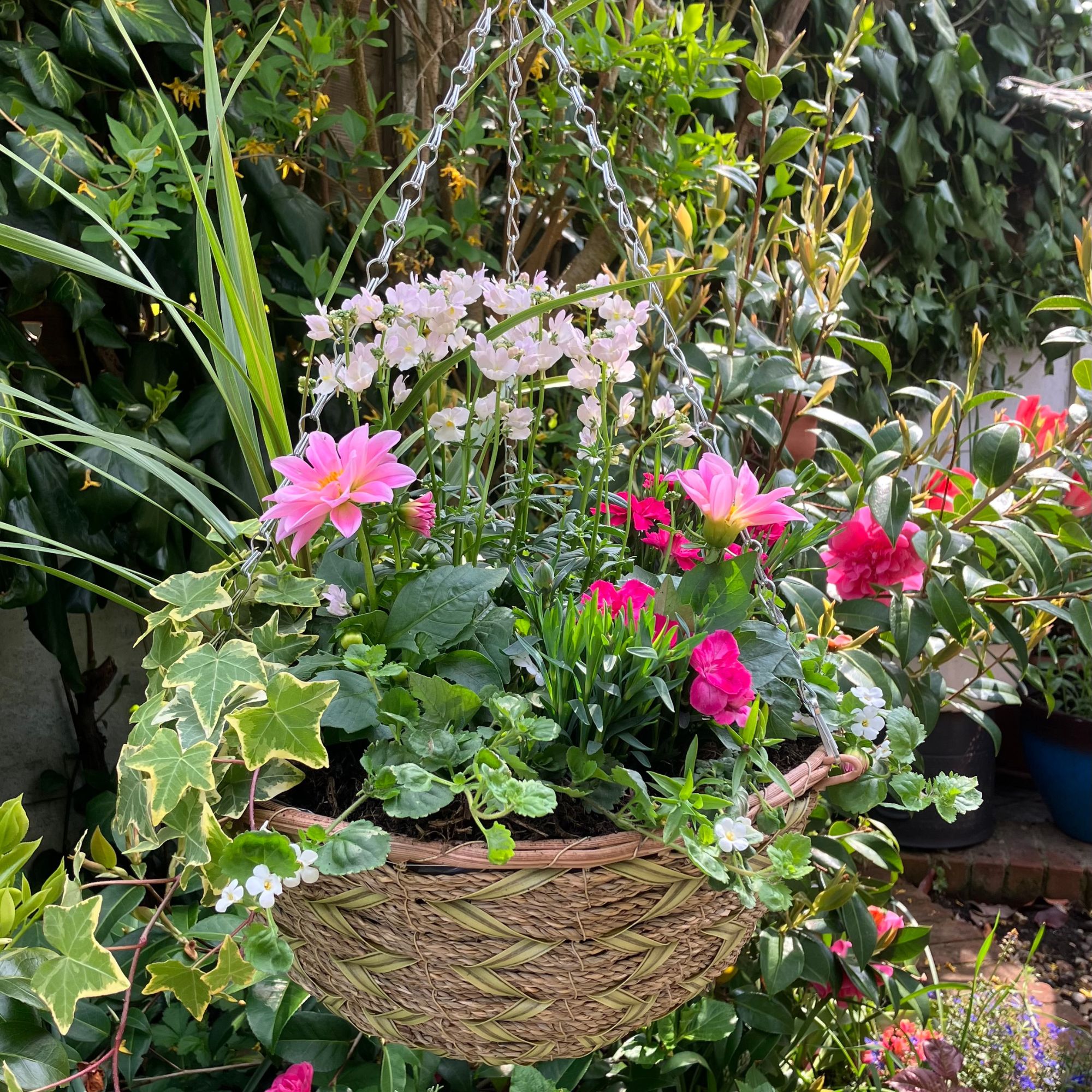 The easy planting technique I always use to create stunning hanging baskets - it's the secret to a show-stopping flower arrangement
The easy planting technique I always use to create stunning hanging baskets - it's the secret to a show-stopping flower arrangementIf you're not sure where to start when making up a hanging basket for the garden, the 'thriller, filler, spiller' method is worth a try
By Lisa Fazzani
-
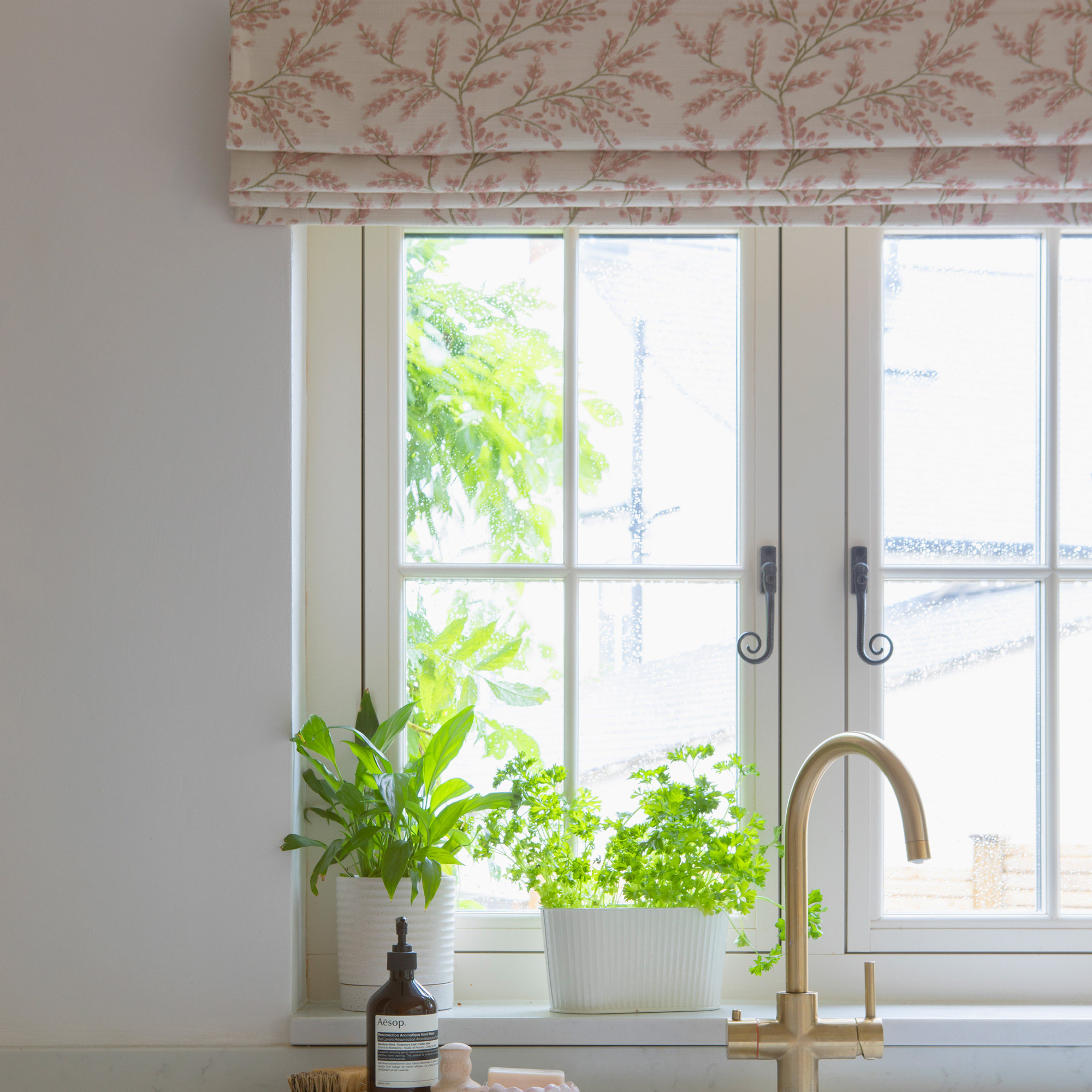 This £10 Amazon fix stopped pooling water from destroying the wall behind my kitchen sink – 6 months on, it still looks great
This £10 Amazon fix stopped pooling water from destroying the wall behind my kitchen sink – 6 months on, it still looks greatIf you're struggling with pooling water around your kitchen sink, listen up
By Lindsey Davis
-
 Invest in your rest and relaxation this spring while enjoying an exclusive discount at Christy
Invest in your rest and relaxation this spring while enjoying an exclusive discount at ChristyUpgrade with luxury bath and bedding icons and enjoy an extra 12% off all orders
By Ideal Home